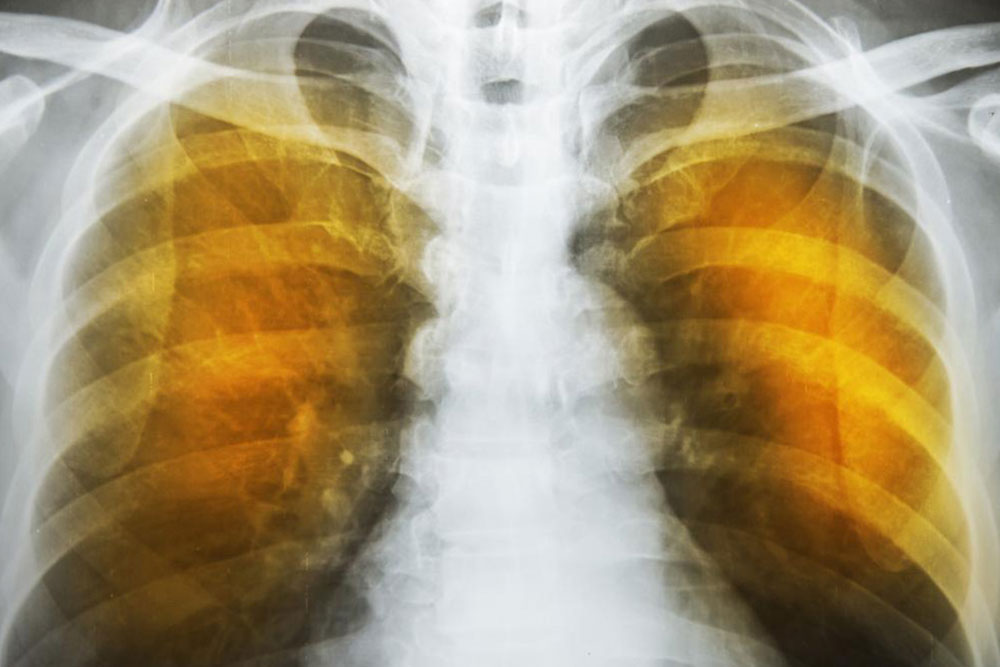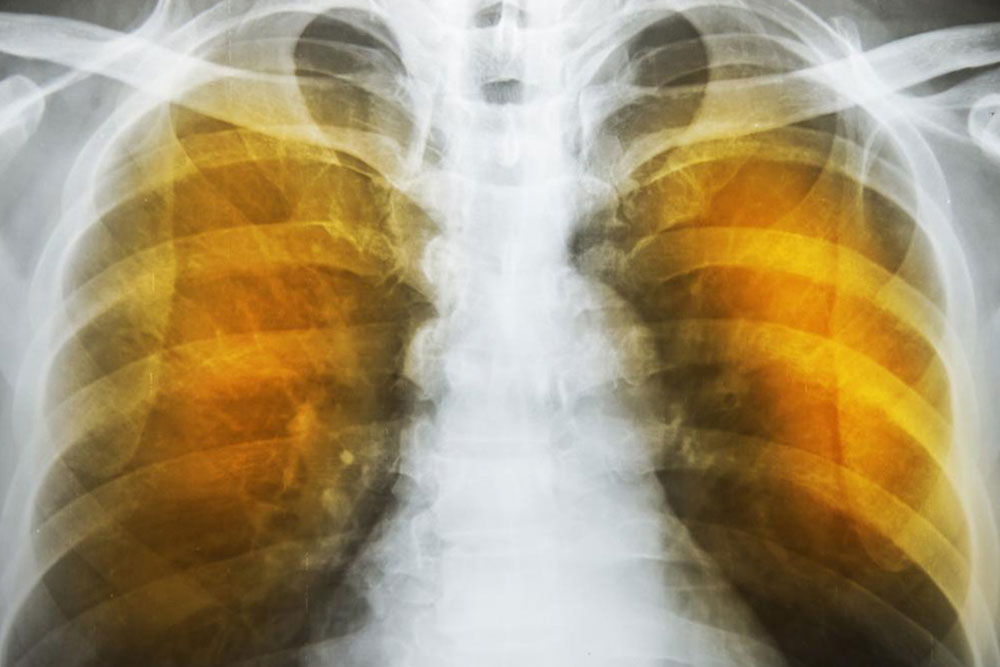Understanding Emphysema: Causes, Risks, and Treatments
Emphysema is a chronic lung disease caused by alveolar damage, leading to reduced oxygen transfer. It can cause severe complications like cor pulmonale, lung Bullae, and pneumothorax. Treatment includes oxygen therapy and lifestyle changes. Prevention through quitting smoking and avoiding irritants is vital to slow disease progression, as damage is irreversible. Early management and healthy habits can significantly improve patient outcomes and quality of life.
Sponsored

Emphysema is a serious lung condition characterized by the breakdown of alveoli, the tiny air sacs where oxygen exchange occurs. When these structures are damaged, it reduces the lungs' ability to transfer oxygen into the blood, leading to low oxygen levels in the body. Standard treatments like bronchodilators and steroids may become ineffective, necessitating Long Term Oxygen Therapy (LTOT). This involves inhaling oxygen-rich air for at least 15 hours daily at a flow rate of 2-3 liters/min to maintain adequate oxygen saturation.
Maintaining an oxygen saturation level between 88-94% is crucial, as higher levels can be harmful. Chronic oxygen deprivation can trigger a sequence of complications, including the development of cor pulmonale—a condition where the right heart enlarges due to increased stress. Over time, this can cause pulmonary hypertension and ultimately right-sided heart failure, which can be fatal.
Another major concern is alveolar rupture, leading to the formation of bullae—large air-filled sacs that compromise lung capacity and can necessitate surgical removal or even lung transplantation in severe cases. Large-scale alveolar destruction may also cause pneumothorax, a life-threatening collapse of the lung due to air leakage.
Emphysema's damage is irreversible, making prevention the best strategy. Avoid smoking, exposure to lung irritants, and maintain a healthy weight through proper diet and regular exercise to reduce risk. Early intervention can slow disease progression and improve quality of life.





